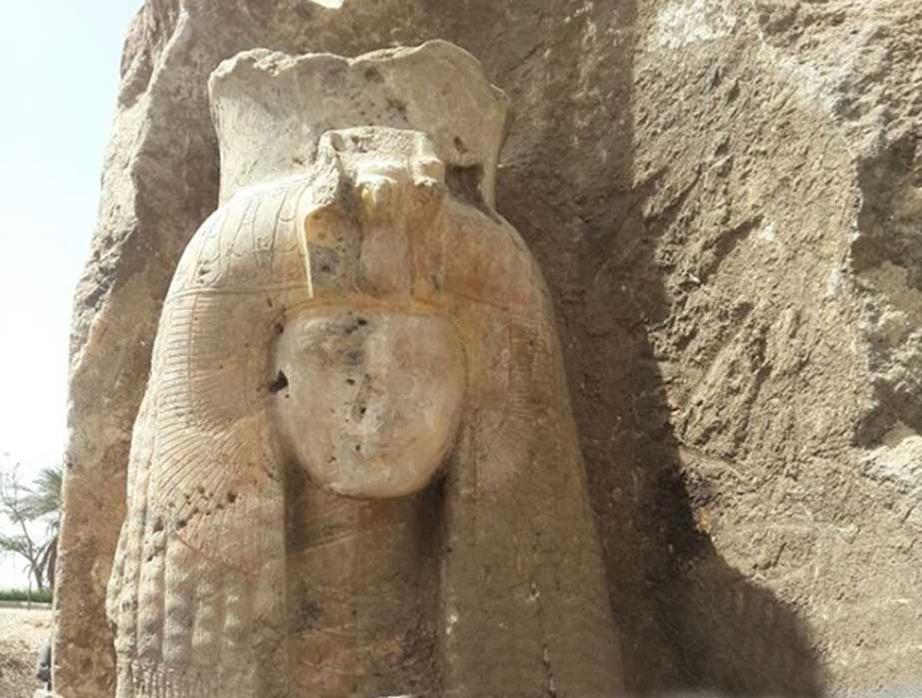Extremely rare alabaster statue of Queen Tiye found in Egyptian funerary temple
A team of archaeologists has uncovered a unique carved alabaster statue of Queen Tiye in Luxor, Egypt. The exciting find was made by the European-Egyptian mission that works under the wings of the German Archaeological Institute.
Impressive Carved Alabaster Statue of Queen Tiye Discovered
An impressive statue, most likely of Queen Tiye, the grandmother of King Tutankhamun and wife of King Amenhotep III, has been unearthed at Amenhotep III’s funerary temple in Kom El-Hittan on Luxor's west bank, as archaeologists from Egypt's Ministry of Antiquities announced on Thursday, March 23. Minister of Antiquities Khaled El-Enany who went to the site to examine the discovery, referred to the statue as "unique and distinguished". Excited with the fascinating discovery, he told Ahram Online, “No alabaster statues of Queen Tiye have been found before now. All previous statues of her unearthed in the temple were carved of quartzite.”
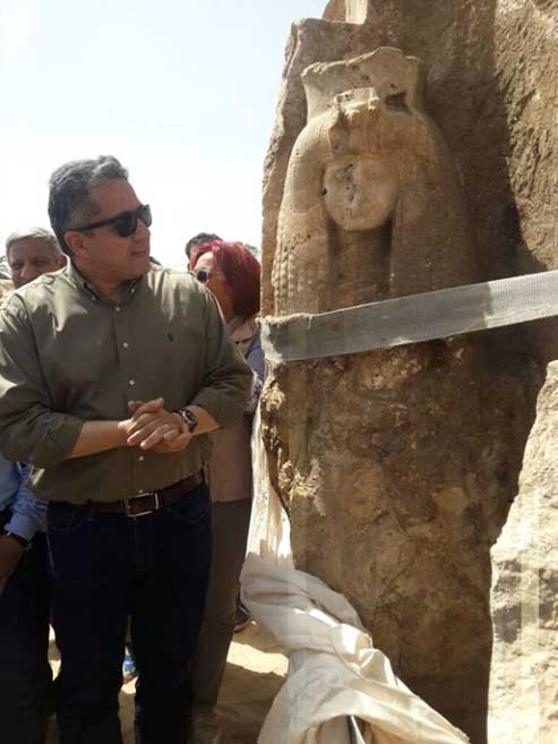 Minister of Antiquities examining the discovery of the Queen Tiye statue.
Minister of Antiquities examining the discovery of the Queen Tiye statue.
Getting to Know Queen Tiye
As Natalia Klimczak eports in a previous Ancient Origins article, Tiye was one of the most influential and powerful women in ancient Egypt despite her name been forgotten in the centuries that followed her death. She is believed to have lived from about 1398 BC – 1338 BC, but the story of her life is as mysterious as most of the people who lived in this period. The world she lived in collapsed with the capital city of her son Akhenaten – Amarna.
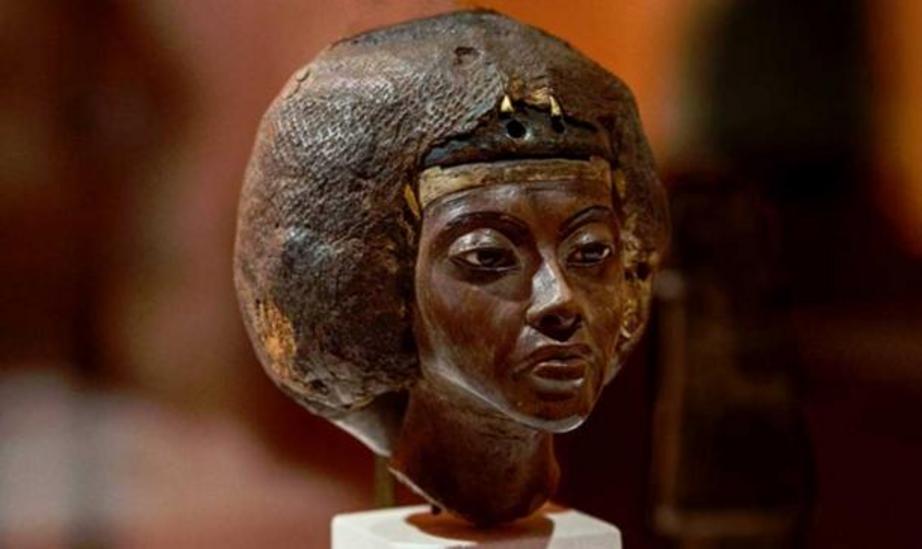 Tiye, the Great Royal Wife of Amenhotep III and mother of Akhenaten and grandmother of Tutankhamun (CC BY-NC-SA 2.0)
Tiye, the Great Royal Wife of Amenhotep III and mother of Akhenaten and grandmother of Tutankhamun (CC BY-NC-SA 2.0)
According to ancient inscriptions, Tiye was the daughter of Yuya and Tuya and sister of the pharaoh Ay. Some Egyptologists say that there is no link between Ay and Tiye, but the position of her brother seems to be a proof. Ay was the Second Prophet of Amun and inherited most of the titles of Yuya. She would later become wife of the great Amenhotep III and grandmother of King Tutankhamun. It is also believed that Tie had great influence on her husband and was the only adviser that he blindly trusted. She was married to him during his second year of reign, when they basically were both very young and thus they spent their whole lives together. Tiye appears in history as a smart adviser and the most important woman in Amenhotep’s court, who also became an important person during the reign of her son.
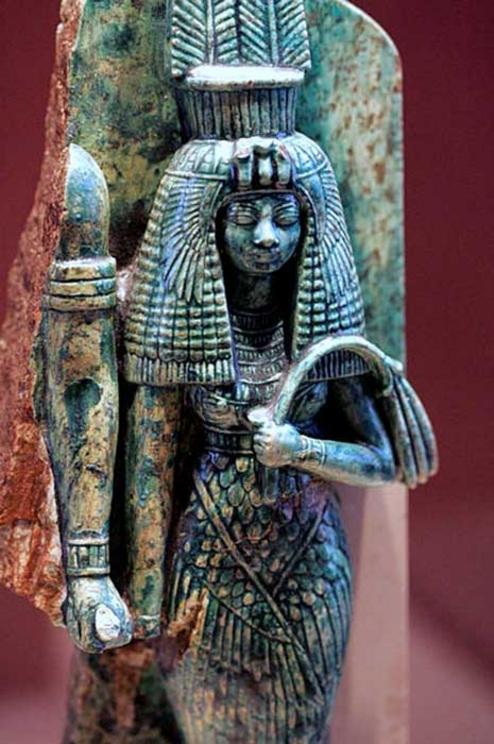 Queen Tiye, whose husband, Amenhotep III, may have been depicted to her right in this broken statue (CC BY-SA 2.0 FR)
Queen Tiye, whose husband, Amenhotep III, may have been depicted to her right in this broken statue (CC BY-SA 2.0 FR)
She played an active role in the politics of Egypt and foreign relations for many years and she became the first known Egyptian queen whose name appeared in official acts. When Amenhotep died after 39 years of his reign, she was the one who arranged his burial in the Valley of the Kings in a tomb known nowadays as WV22. Tiye died, perhaps during the 12th year of her son Akhenaten's reign, possibly in 1338 BC. It is speculated by Egyptologists that she probably died due to an epidemic even though nothing is historically confirmed.
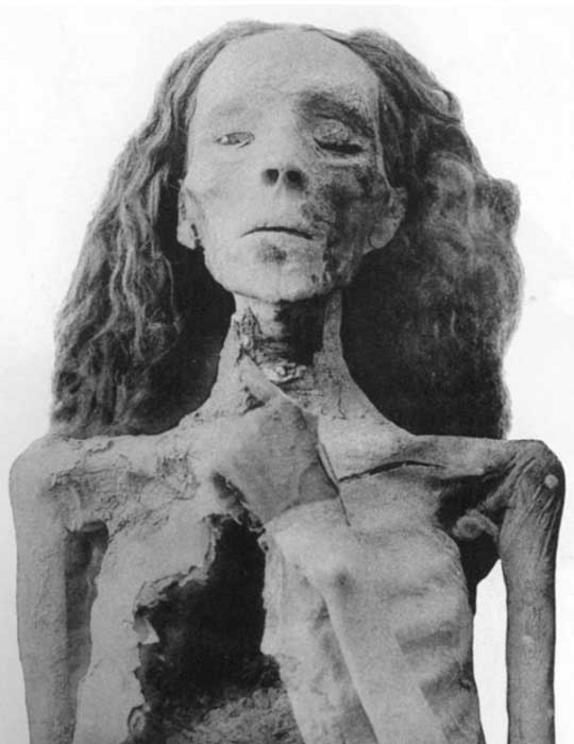 The mummy of Queen Tiye, now in the Egyptian Museum.
The mummy of Queen Tiye, now in the Egyptian Museum.
Statue is in Great Condition
Fast forward to 2017 and the discovery of Tiye’s statue, Hourig Sourouzian, leader of the mission was very happy to see that the statue is in great condition of preservation and has retained its colors. She told Ahram Online, ”The statue was founded accidentally while archaeologists were lifting up the lower part of a statue of king Amenhotep III that was buried in the sand. The Queen Tiye statue appeared beside the left leg of the King Amenhotep III statue,” and added that the statue will now be the subject of restoration work.

